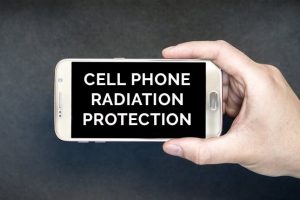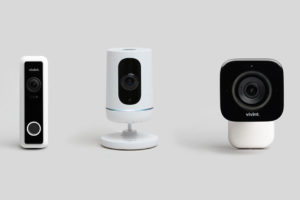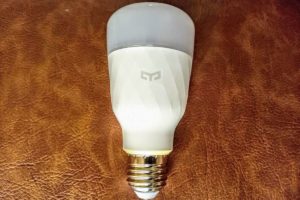Load-shedding is an energy utilities’ method of reducing demand (load) on the energy generation system by temporarily switching off the distribution of energy to different geographical areas.
Power outages can occur due to various factors among which are:
- Heavy rains and storms
- Trees: During high winds, or trimming by an untrained professional, the tree trunks can come into contact with power lines and cause interruptions.
- Vehicles: A vehicle collision with a utility pole can cause a power outage.
- Earthquakes: Quakes of all sizes can damage electrical facilities and power lines.
- Lightning: When lightning strikes electrical equipment, transmission towers, wires and poles, outages can occur.
- Excavation digging: Sometimes, underground cables are disturbed by digging. It’s important to call 811 before any gardening or digging project.
- High Power Demand: During heat waves and other times of unusually high power demand, overburdened electric cables, transformers, and other electrical equipment can melt and fail.
Many of us have our gadgets connected to a power source every time they are in use, for example, a television. So how do you keep your gadgets safe during a power outage or in case of load shedding?
Related Article: How to turn an ordinary power socket into a smart outlet
Get a UPS for your electronics
UPS stands for Uninterrupted Power Supply. UPS units work as a surge protector, but with a built-in battery that can power your computer for a few more minutes after the power goes off. You won’t be able to do much work on that battery, but you’ll have just enough time to save your work and gracefully shut down without problems. You are also able to charge up your smartphone if the battery gets low, as well as powering anything else that might need a bit of power while the power’s out.
Unplug the cables
You need to unplug all power cables that are connected to your devices from the sockets when there is an imminent power outage.
This is to prevent the damage that surges in power can cause when electricity is restored.
Make use of surge protection
Arguably, the greatest cause of damage to equipment from a power outage is from electrical surges. Therefore, installing a surge protection device can help minimize some damage in unforeseen situations.
Fully charge your batteries
Make sure that your device batteries are fully charged in order to carry on working. Also, if possible, have a fully charged battery bank or extra battery. This can help power you through a power outage.
Backup
The importance of data back up cannot be understated. There is nothing worse than losing work you have spent hours on because you didn’t save it. Saving should become a habit. Make it a priority to then save your data offsite, in case of a hard drive crash or unforeseen electrical fault. Online “cloud-based” backups are very convenient and are mostly automated.
We can all agree that load-shedding is unpleasant. These above tips can help you weather that storm.
Discover more from Dignited
Subscribe to get the latest posts sent to your email.












